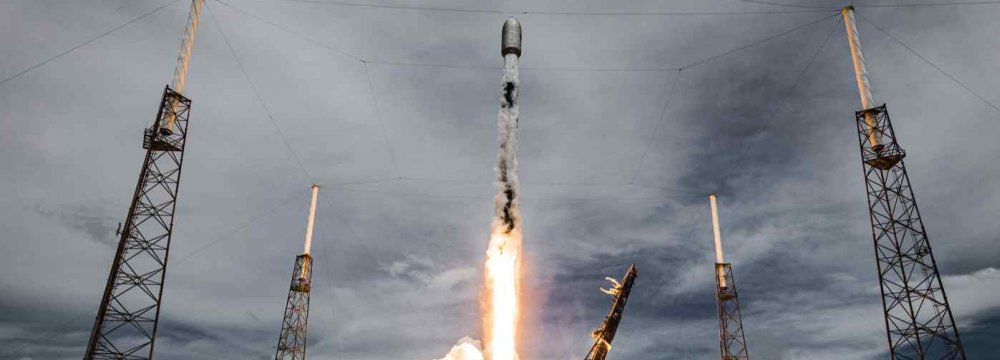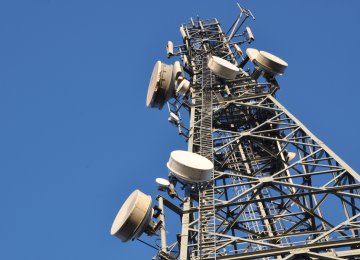KDDI, Japan's second-largest mobile provider, has emerged as one of SpaceX's partners in rolling out high-speed wireless coverage via satellites, Nikkei has learned, part of SpaceX CEO Elon Musk's goal of connecting the entire world to the internet.
SpaceX has launched hundreds of Starlink telecommunications satellites with the goal of fully starting services in Japan by the end of the year, Nikkei Asian Review reported.
KDDI and SpaceX will begin a network proving test in Japan this month and coverage is expected to be commercially available next year.
The pair will start by offering internet services to customers living in mountainous regions and islands for no additional charge. The satellite network will also serve as backup in case terrestrial telecom lines are disrupted during natural disasters or blackouts.
Once Internet of Technology takes off, Starlink could field a network for smart devices, which would be used for data collection in sparsely populated places or for drone operation in otherwise hard-to-access areas.
The transmission of visuals and other large pieces of data will allow officials to remotely monitor volcanic eruptions or floods, or inspect bridges and electrical towers.
For farmers, Starlink will allow them to monitor weather and crop conditions so they are better informed of when to fertilize or harvest.
Terrestrial telecom infrastructure involves a web of base stations, switching stations, fiber optic cables and backbone networks.
Starlink will connect data transmissions between phones and base stations to backbone networks via satellites.
The new service is expected to provide a low-cost communications infrastructure for low-population areas because it renders fiber optic cables unnecessary. KDDI will add satellite communication antennas to base stations and install a new SpaceX transmission station at the Yamaguchi Satellite Communication Center.
Japan still has a few areas with incomplete telecom networks. At the end of March, about 9,900 people lived in locations with no mobile coverage. Even in areas with wireless coverage, it is often hard to connect with devices on islands.
You are here
September 11, 2021 19:06
0
SpaceX, KDDI Team Up to Remove Wireless Blind Spots in Japan
You can also read ...
Subscribe to our daily newsletter.
More from DEN Media Group:
© Financial Tribune Daily and Contributors 2014-2018









Add new comment
Read our comment policy before posting your viewpoints